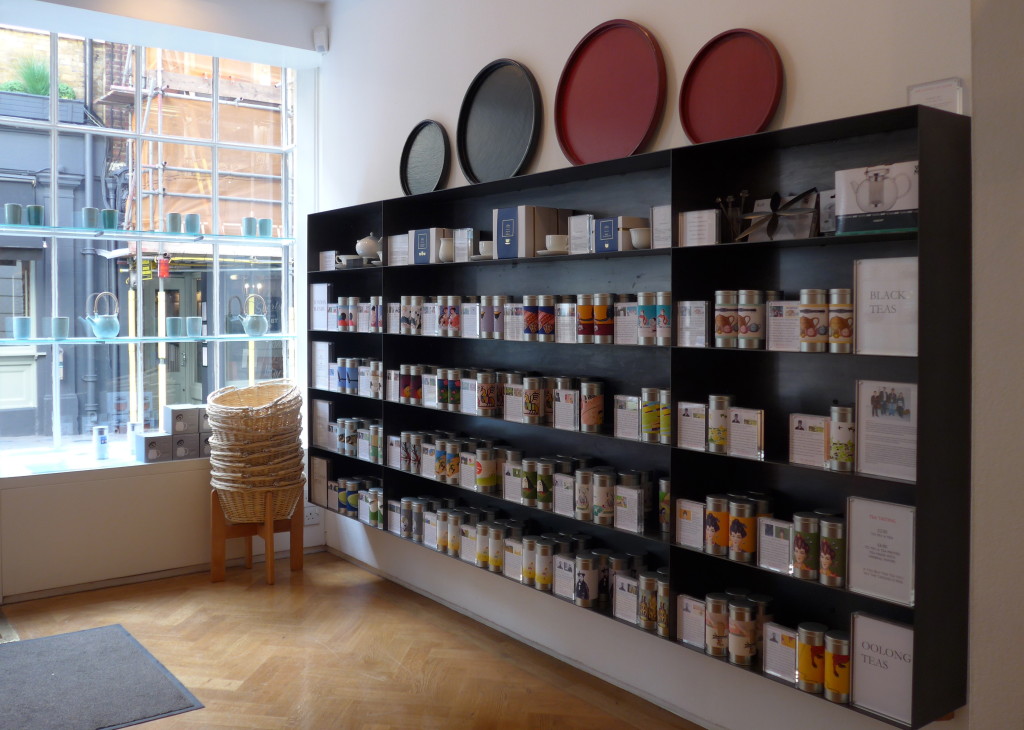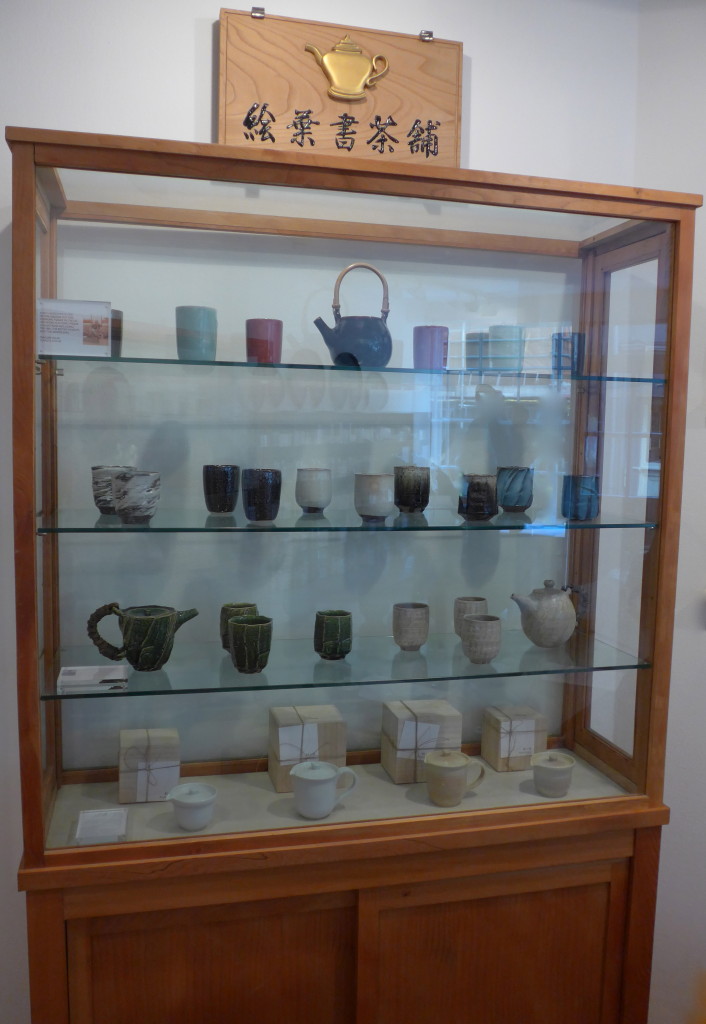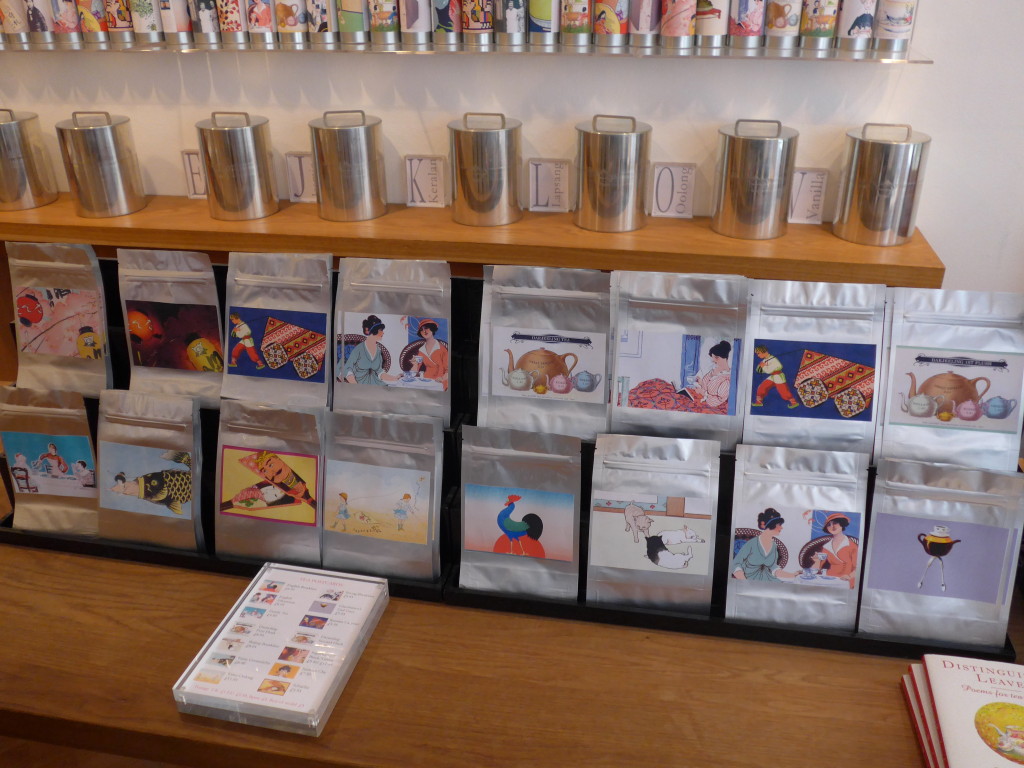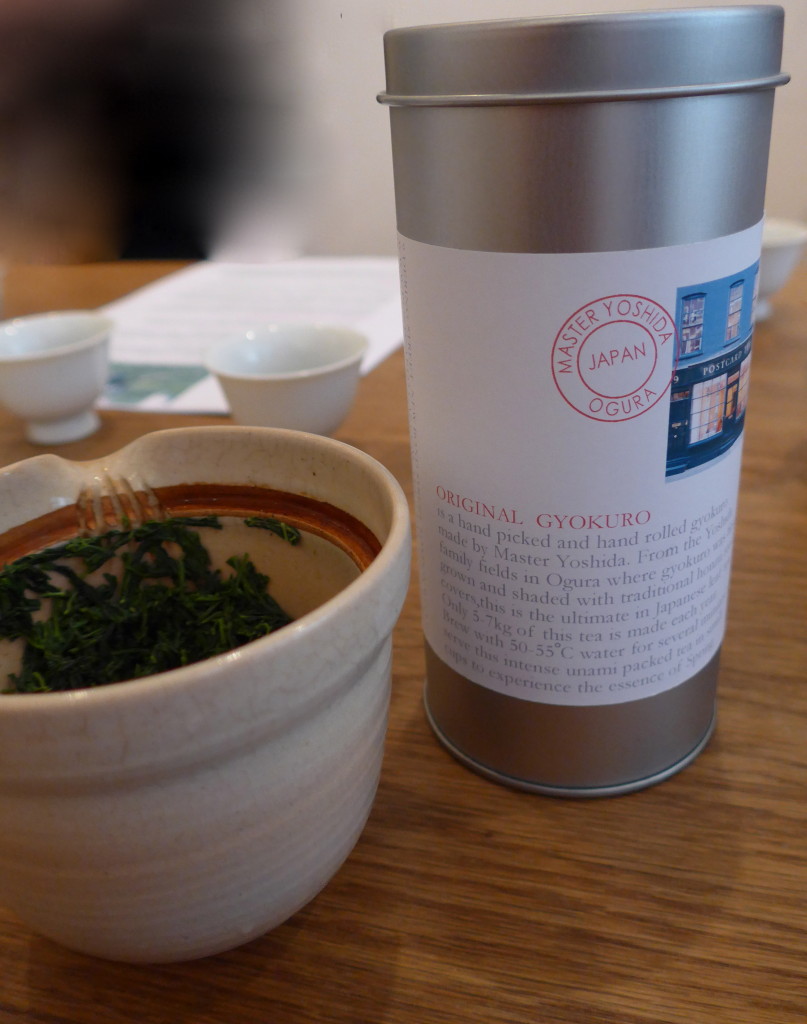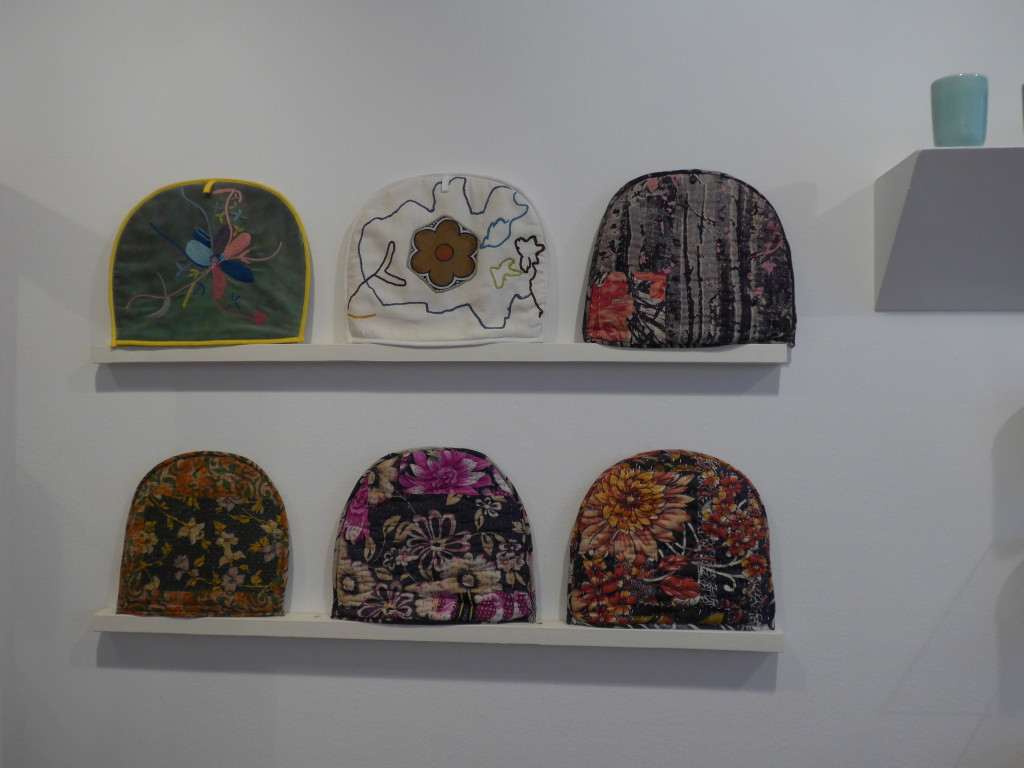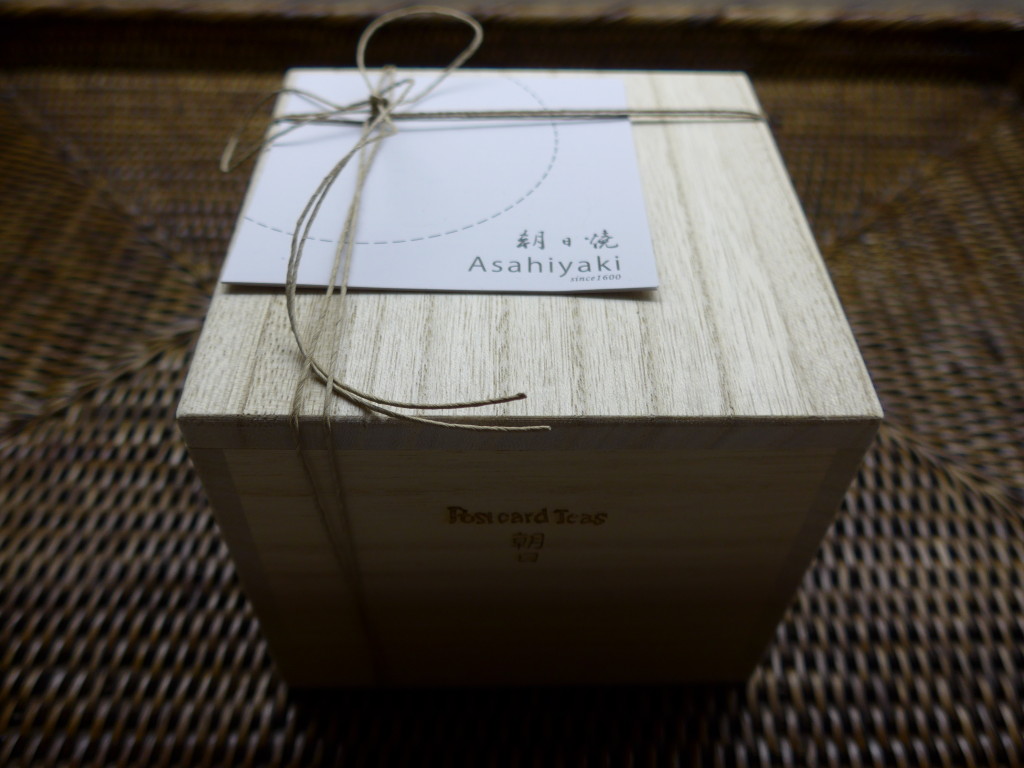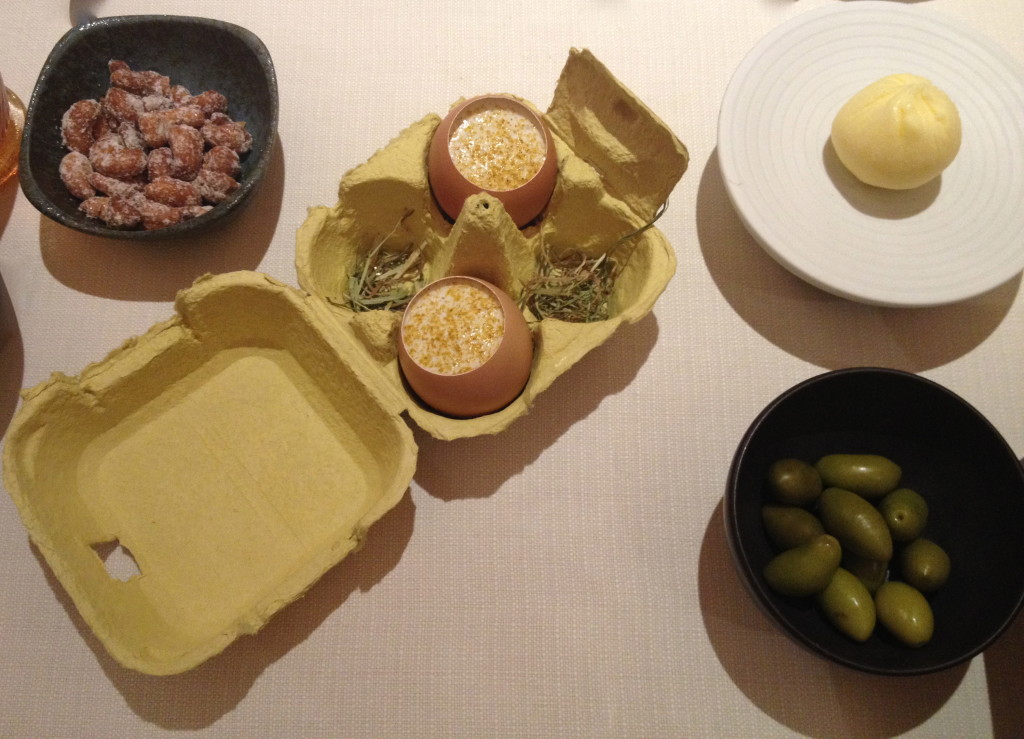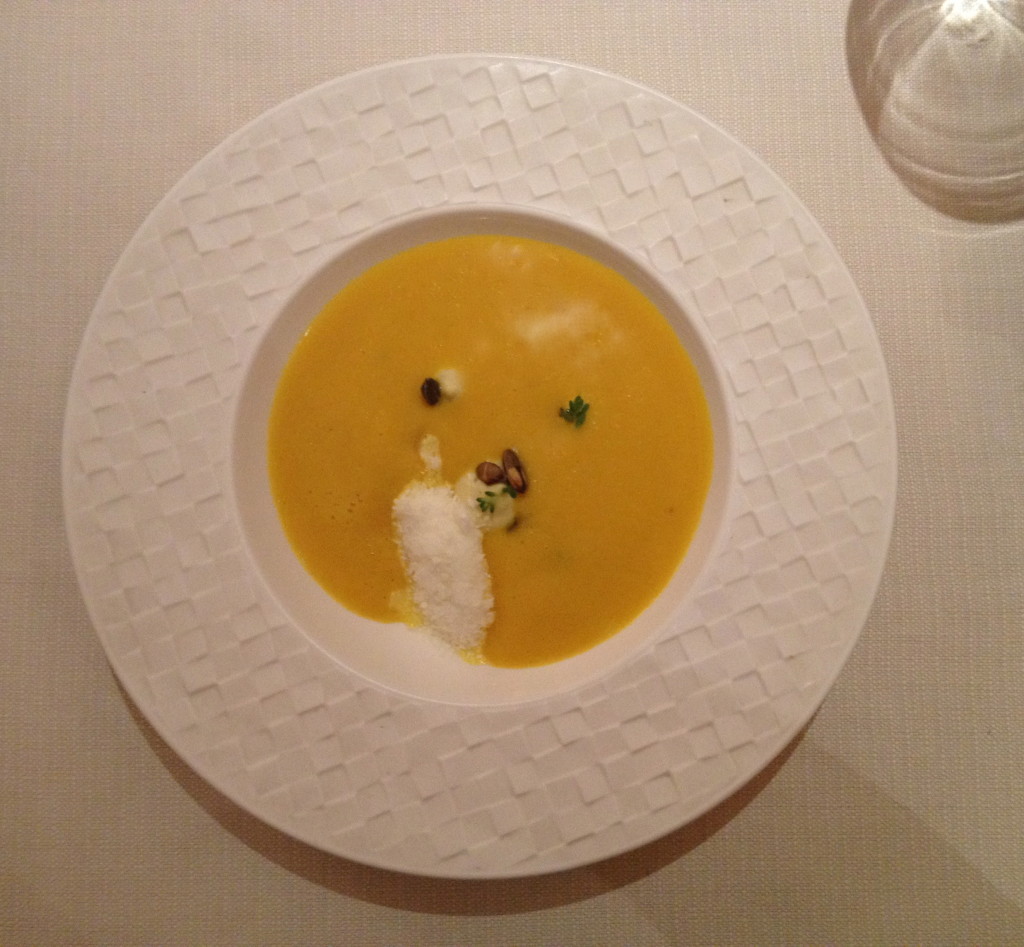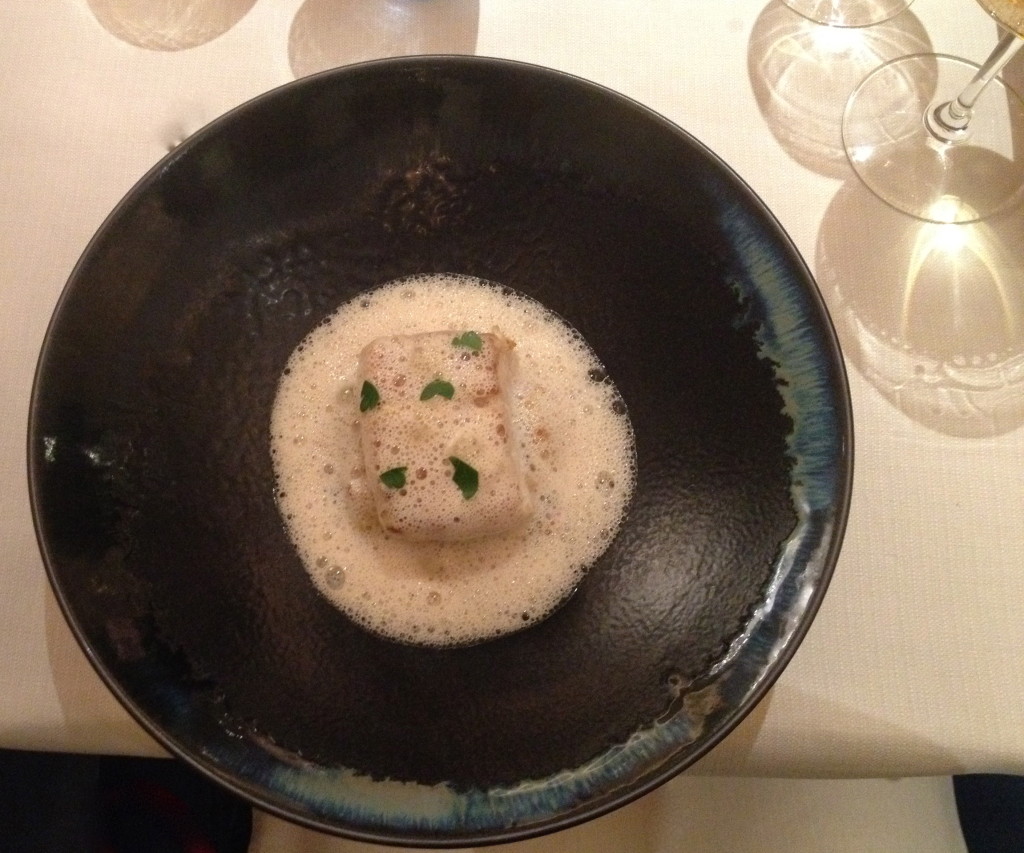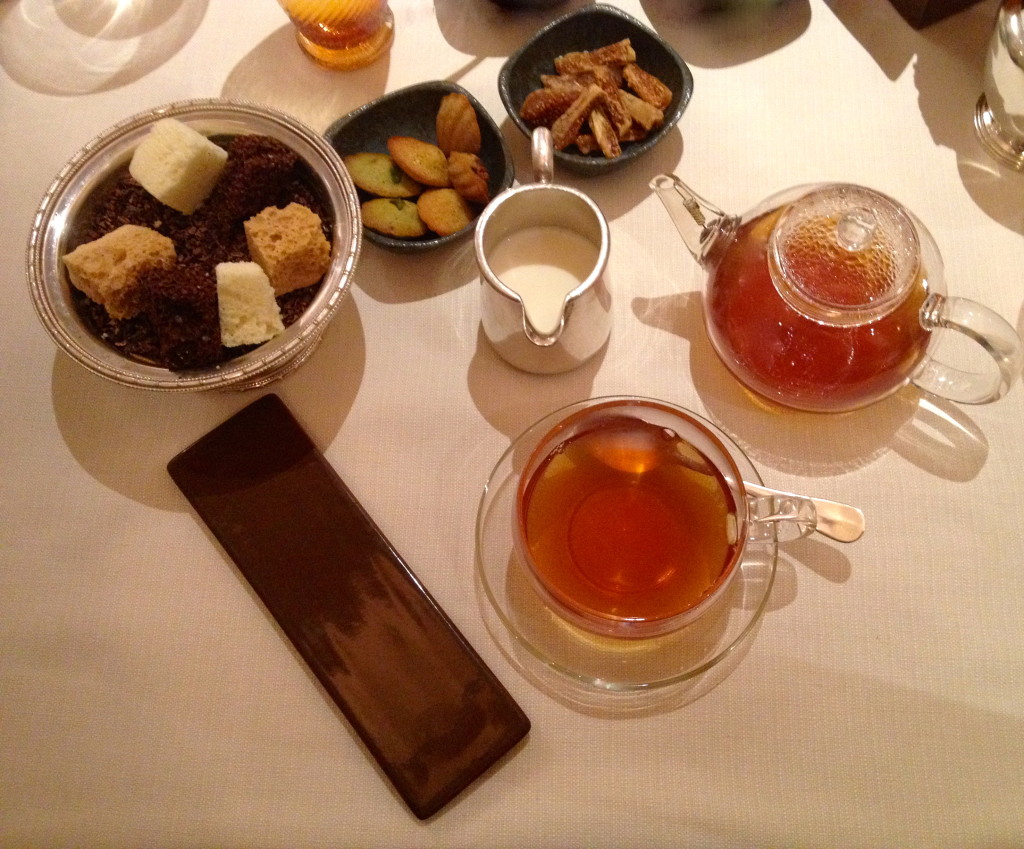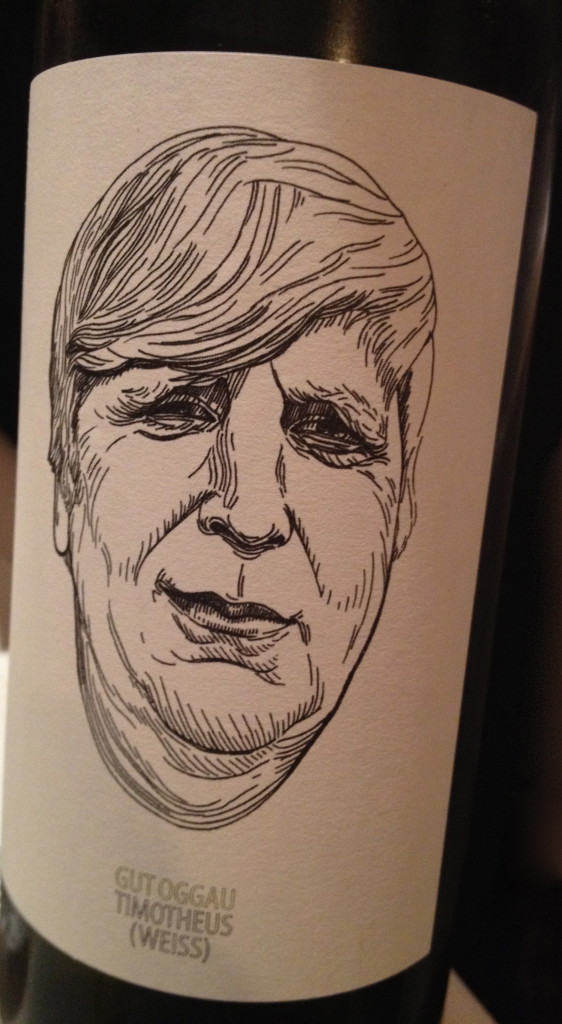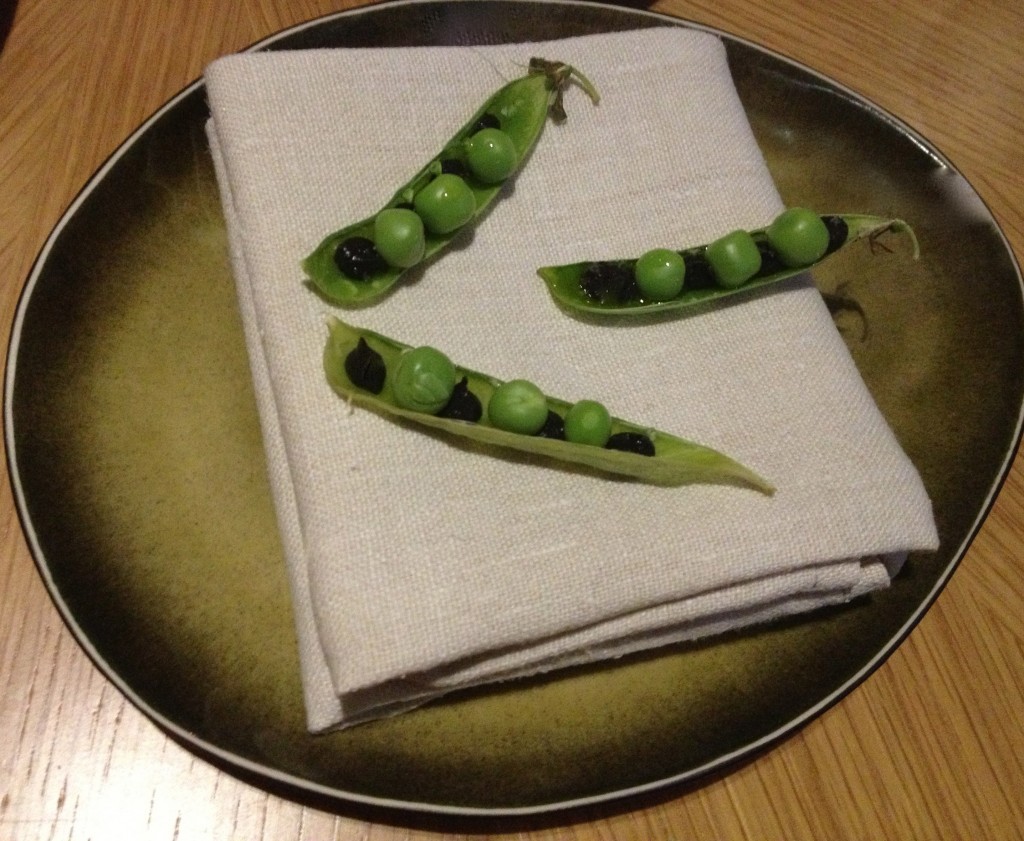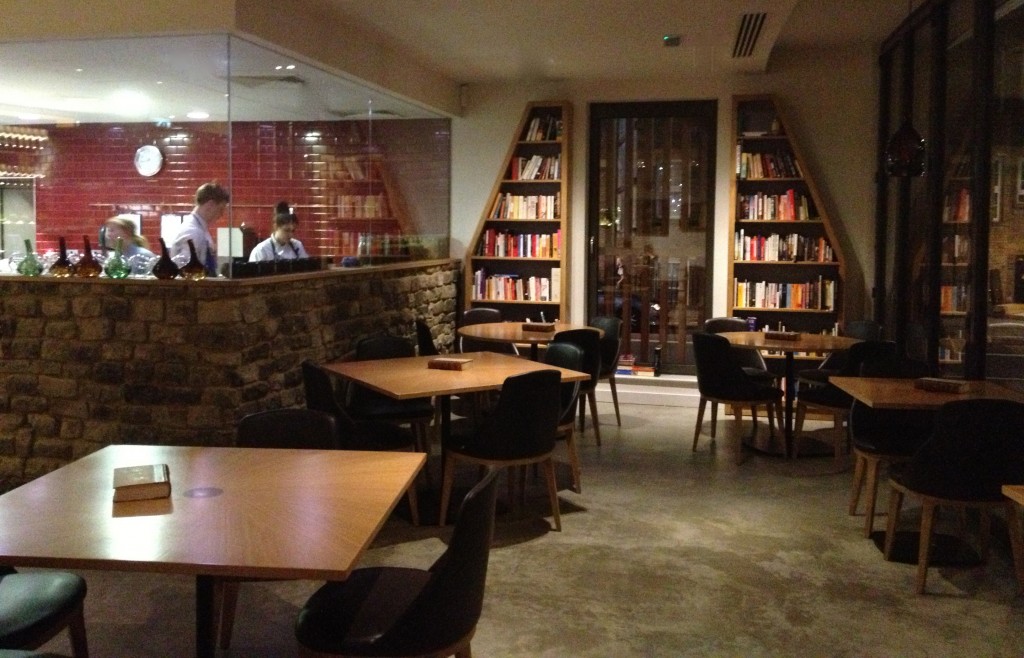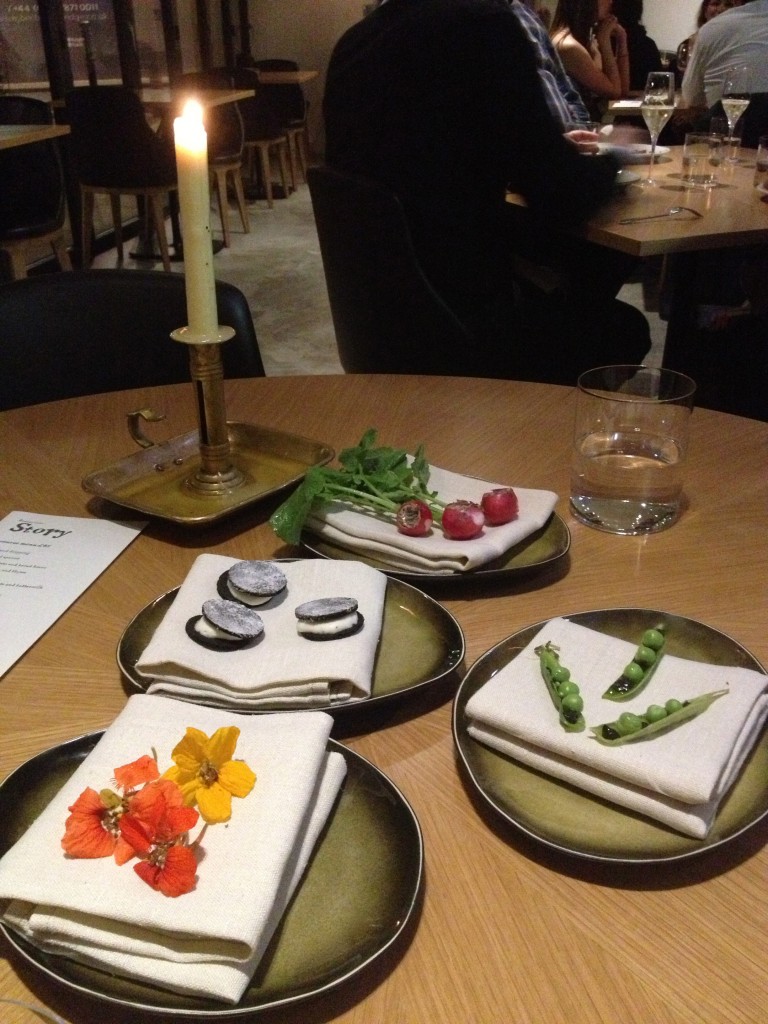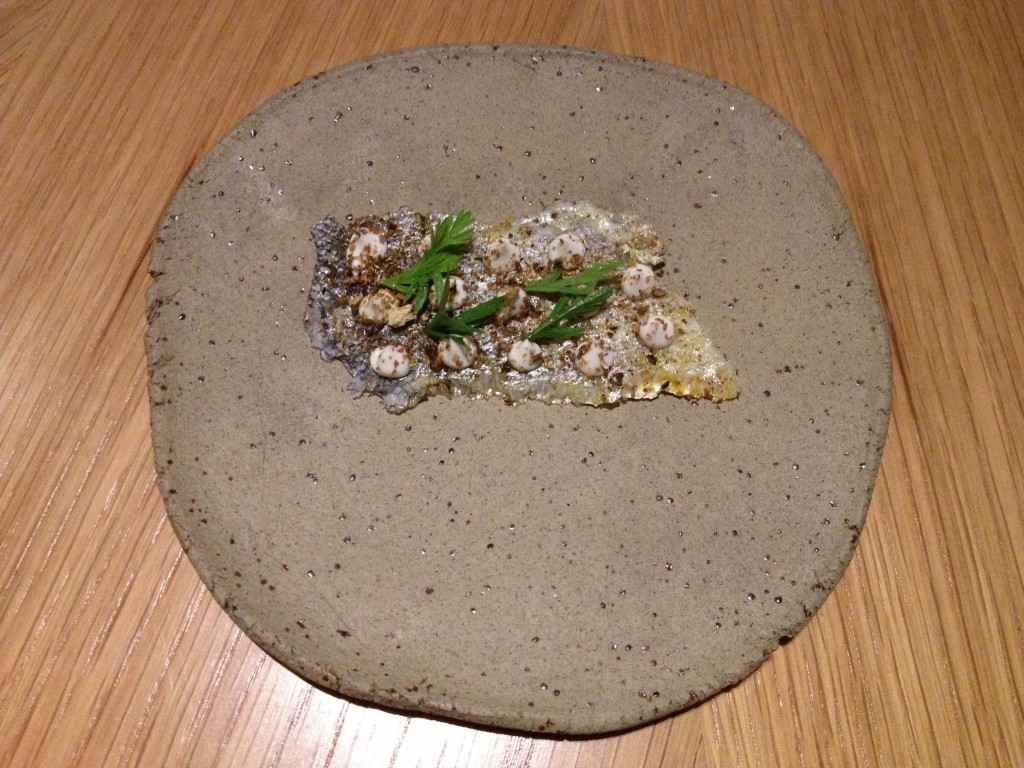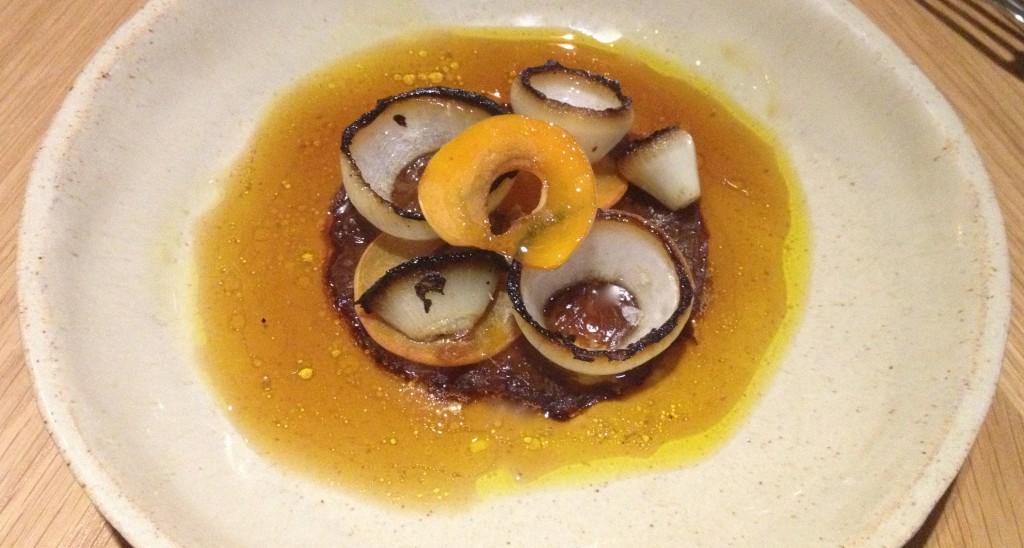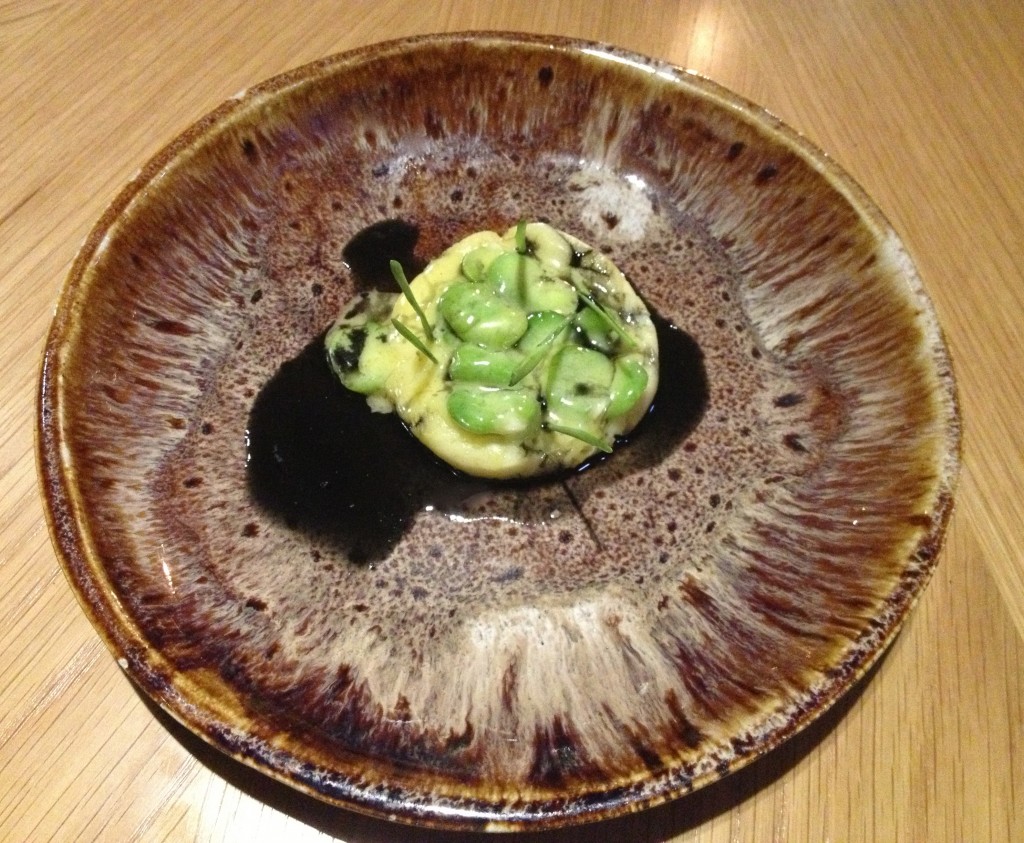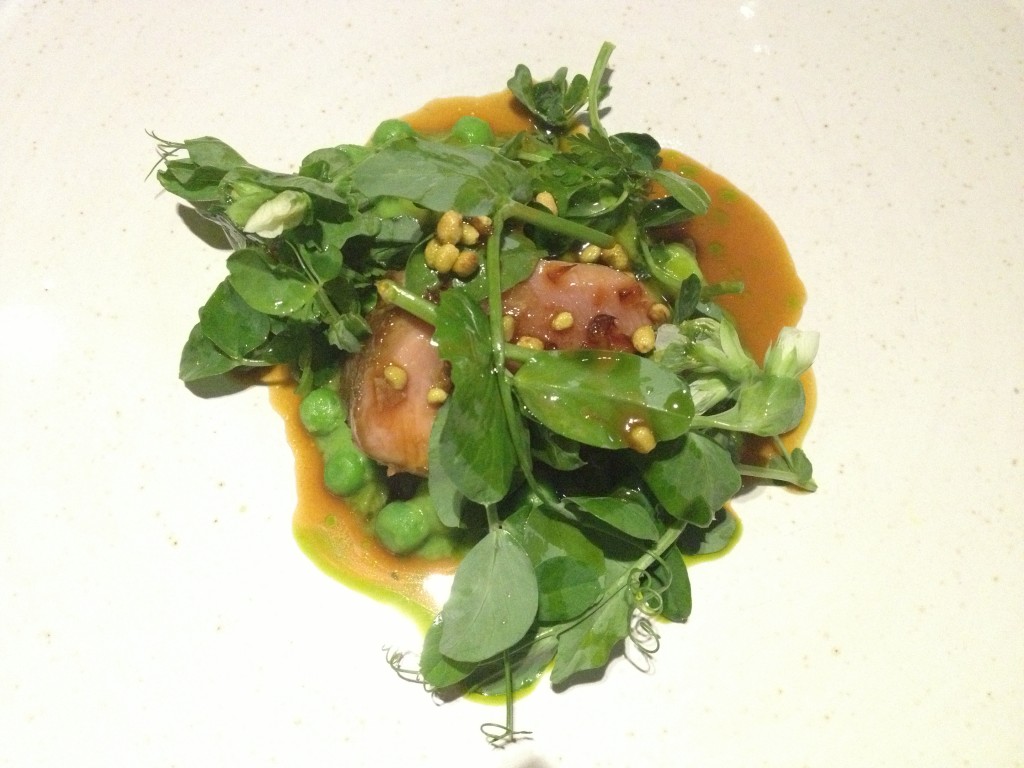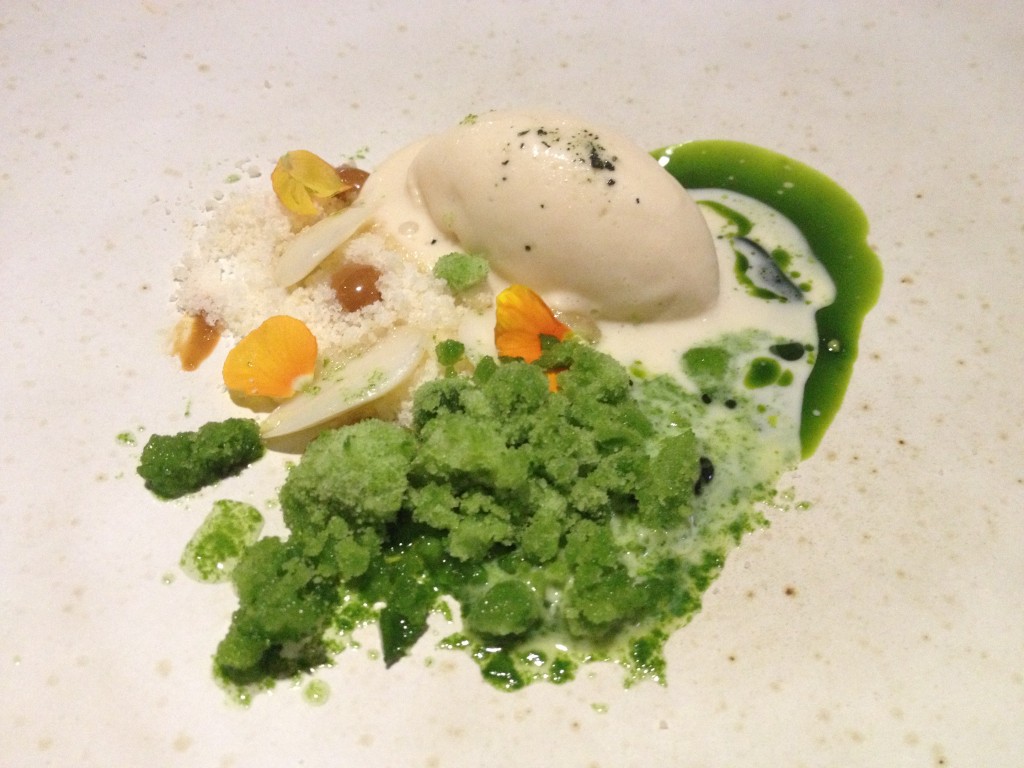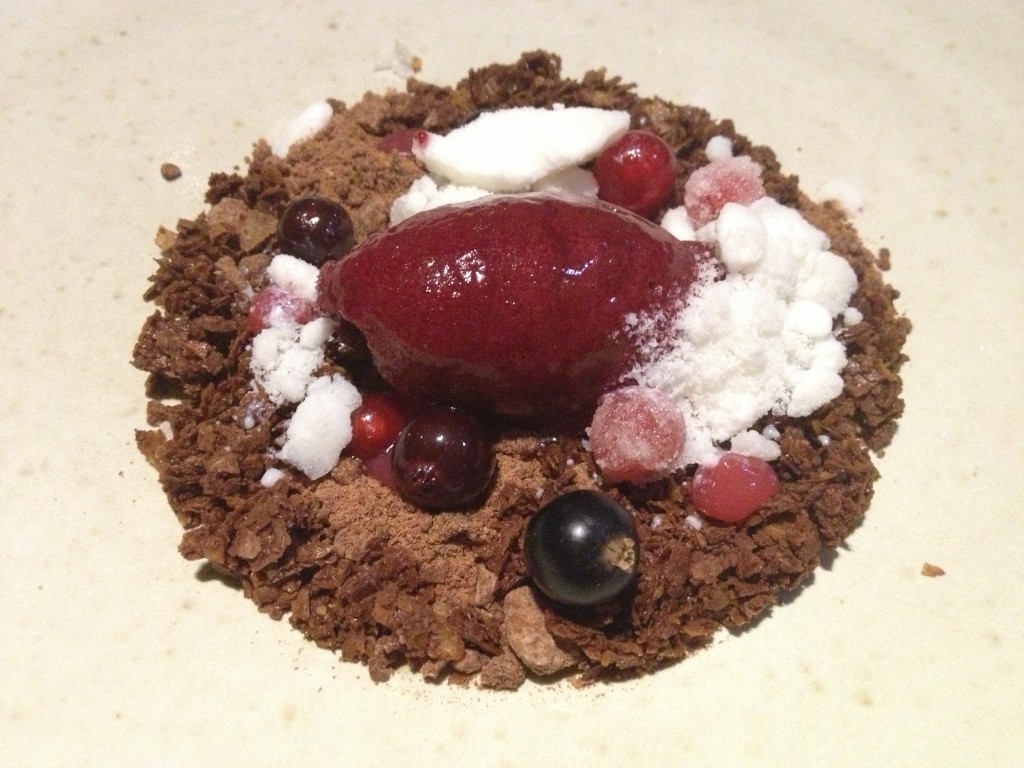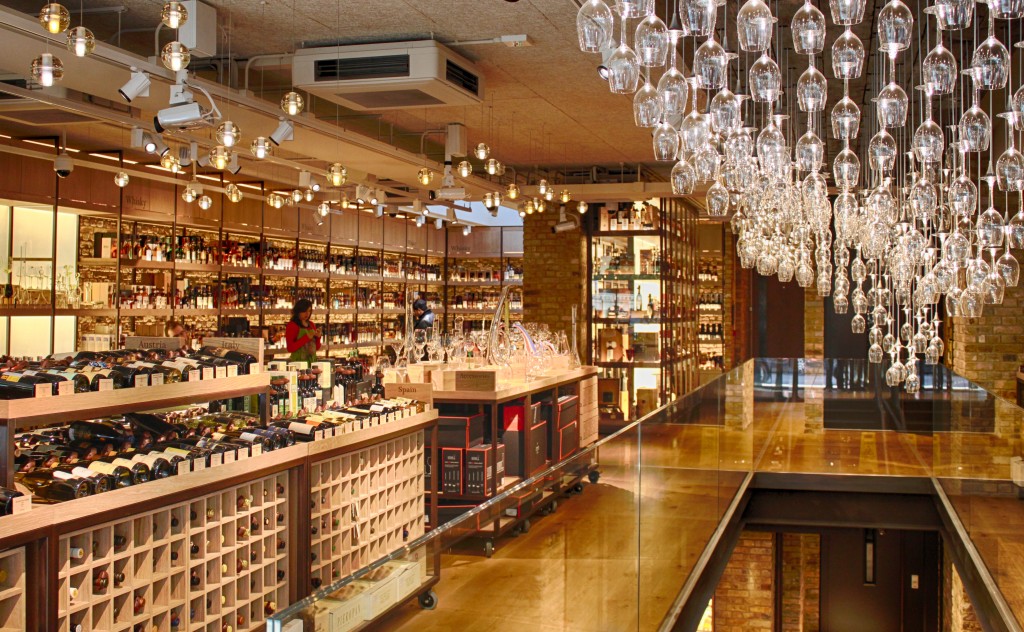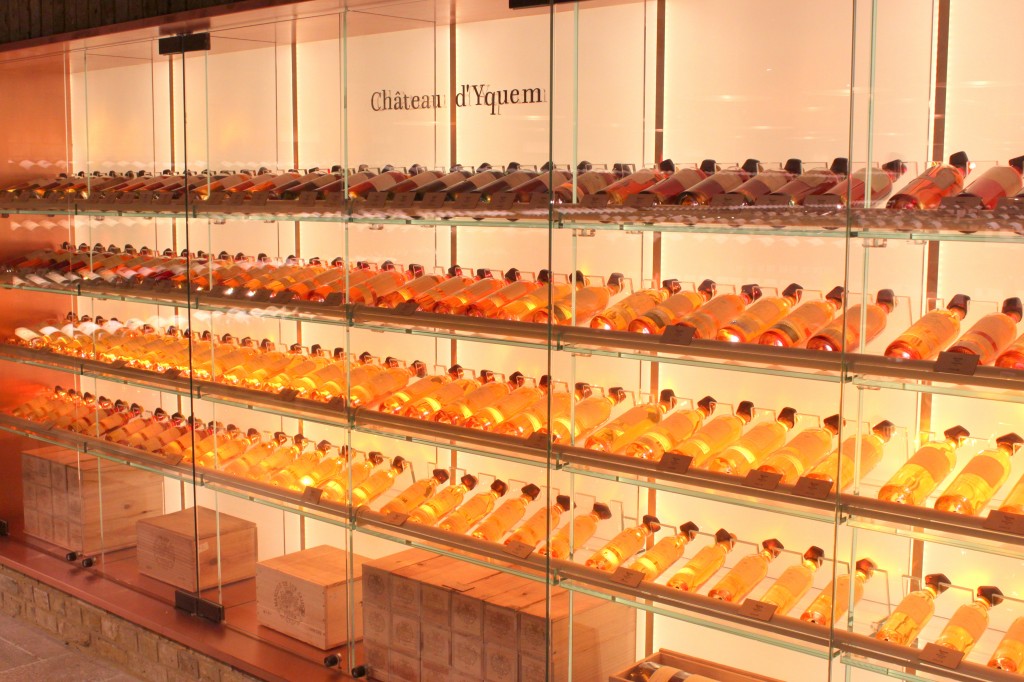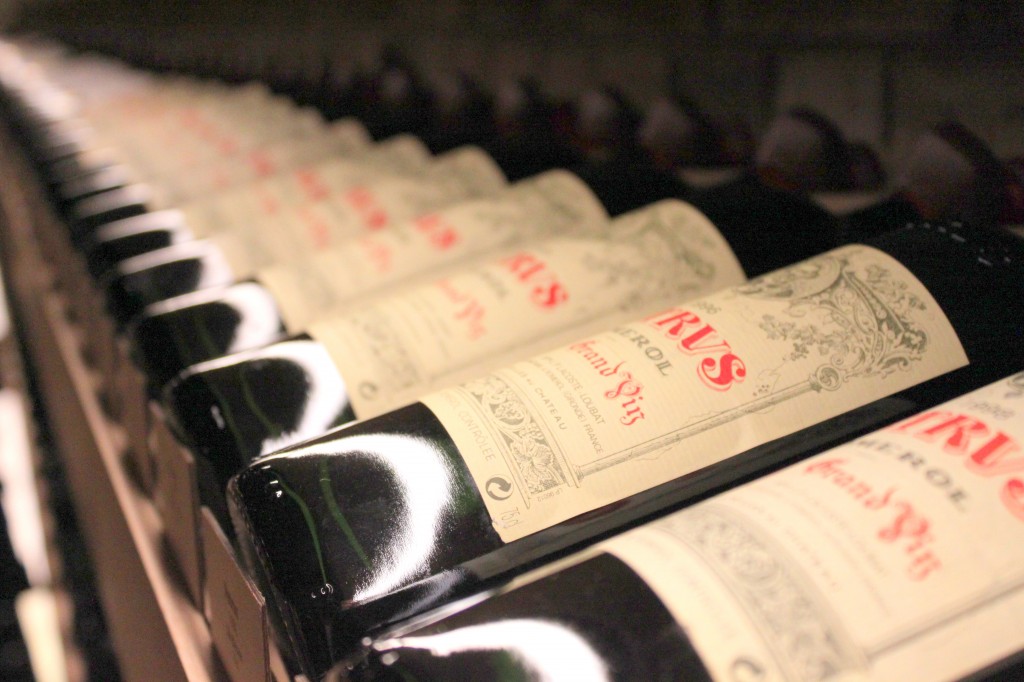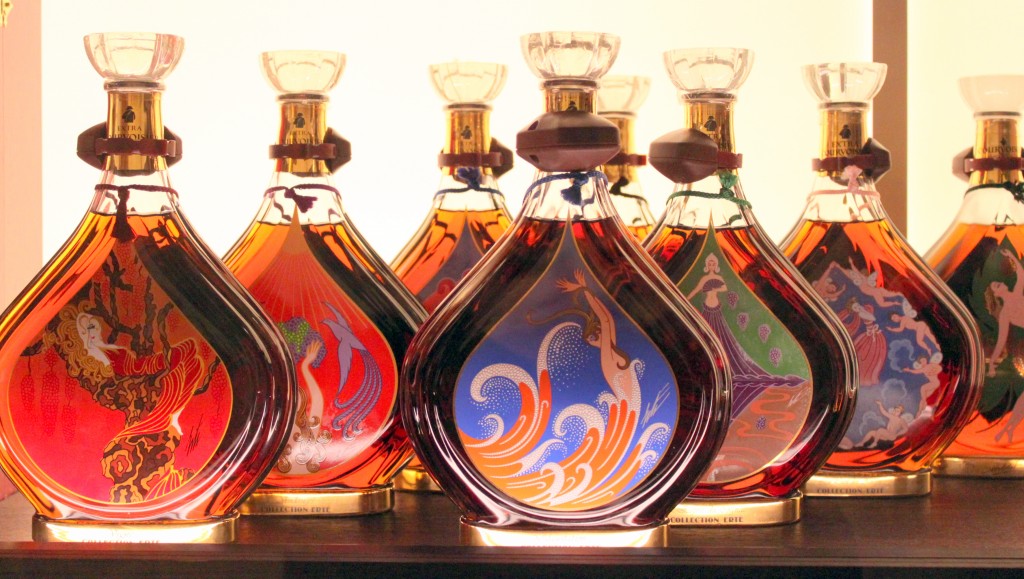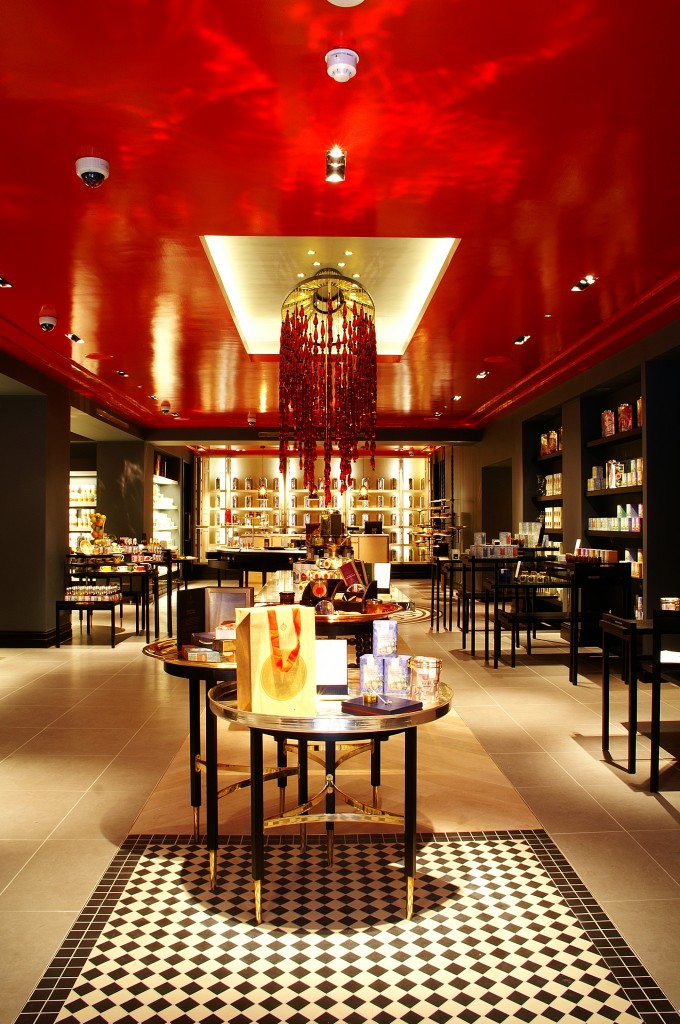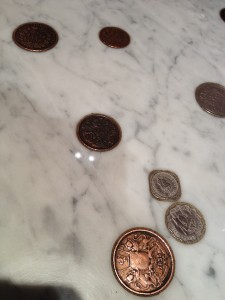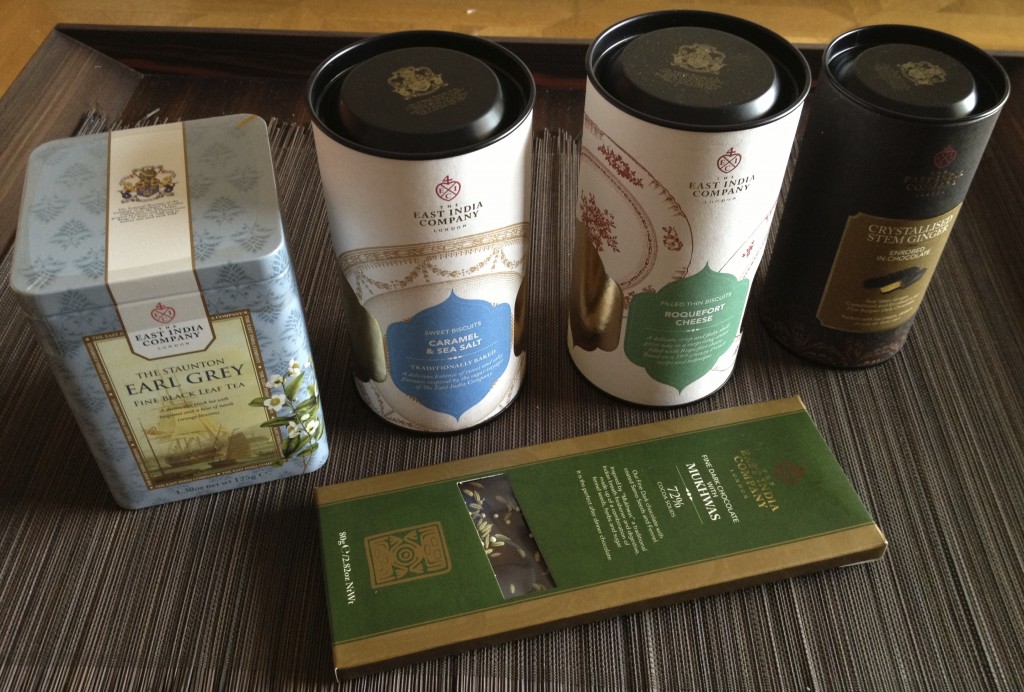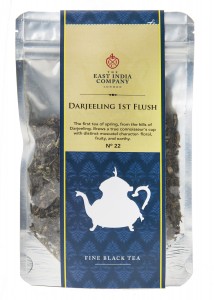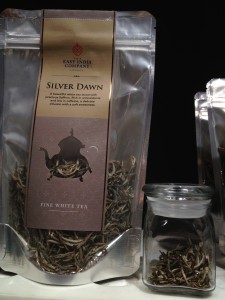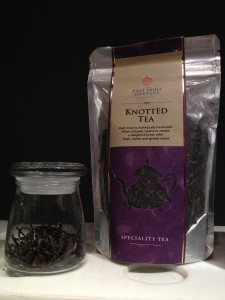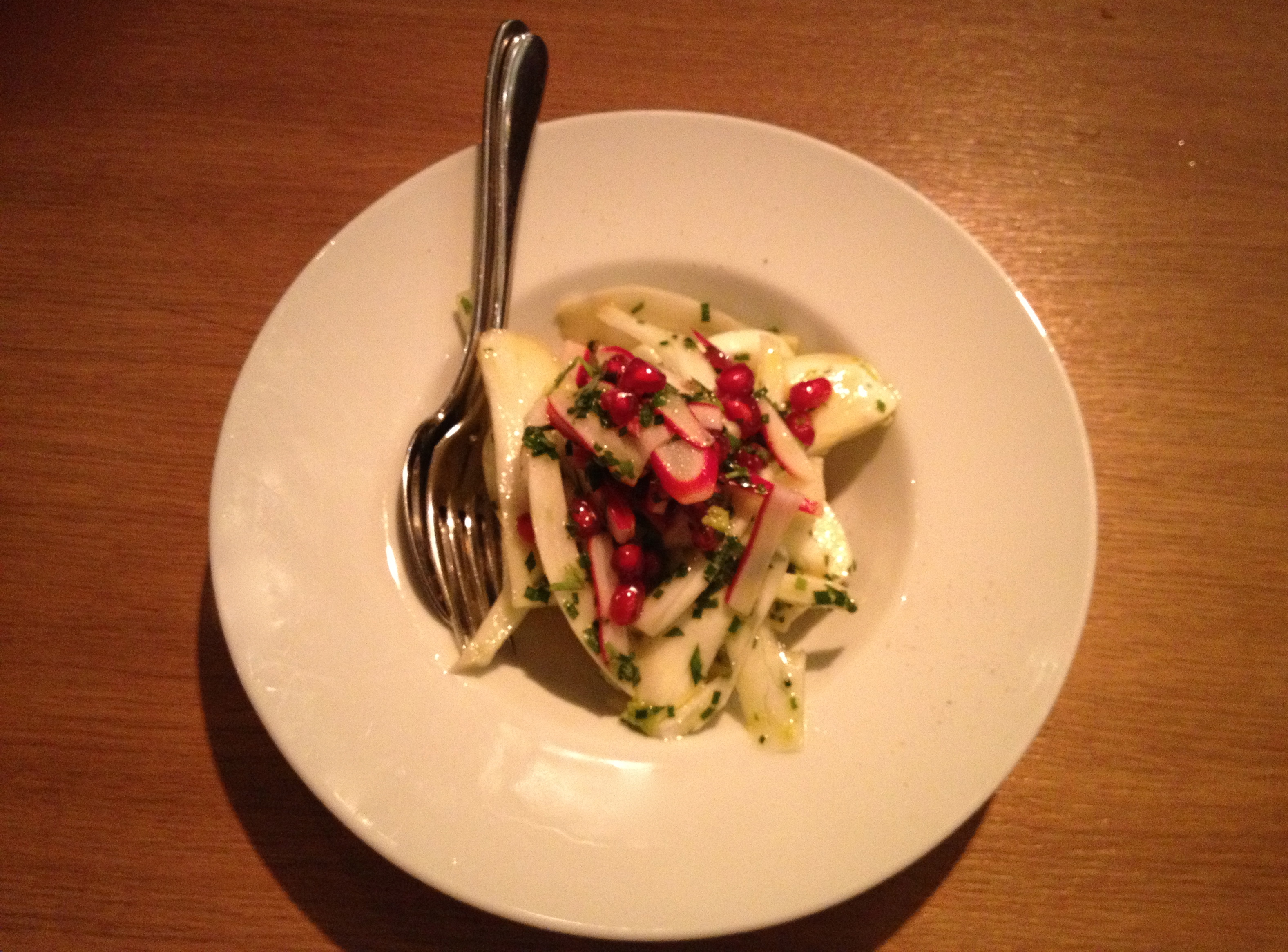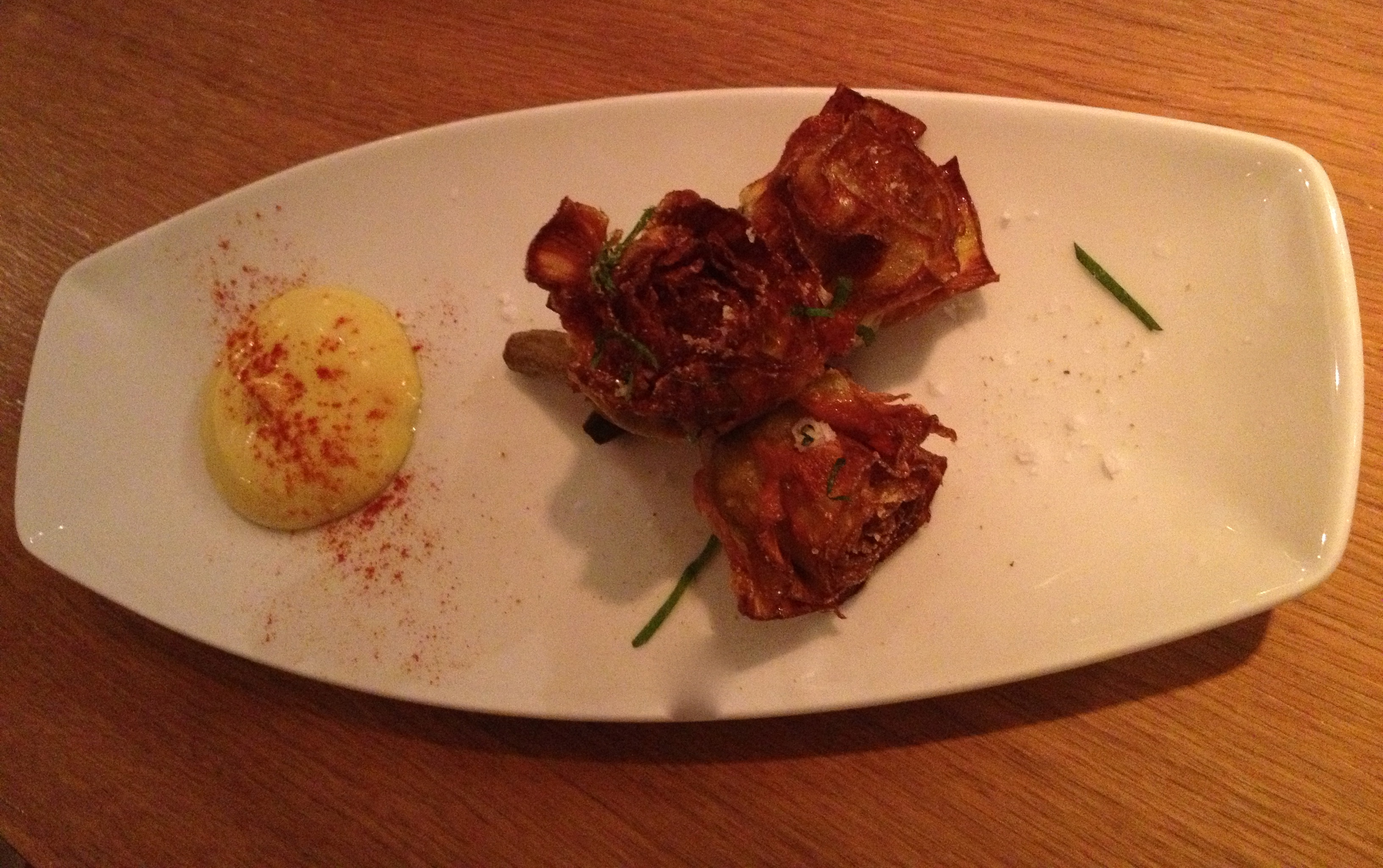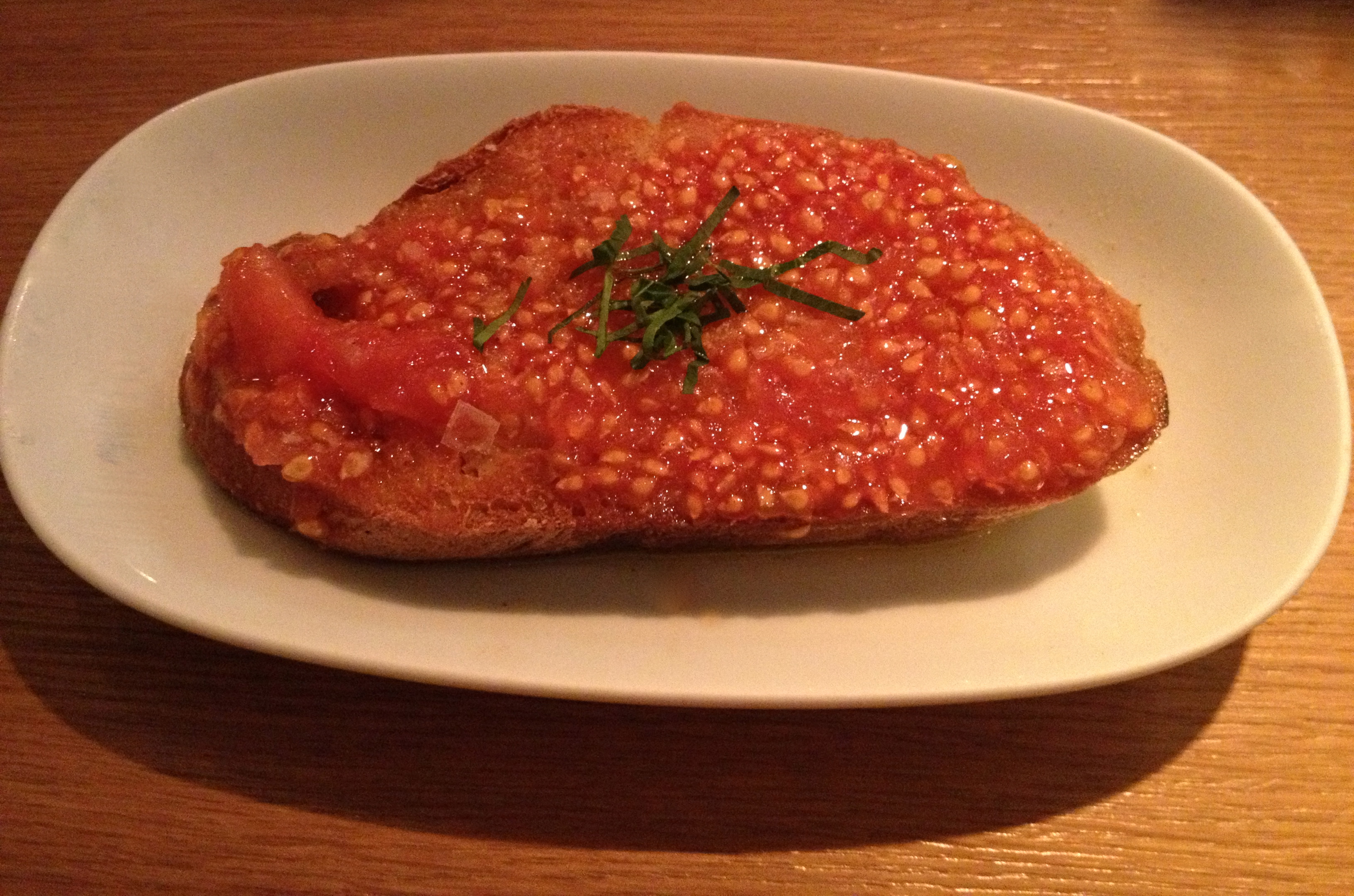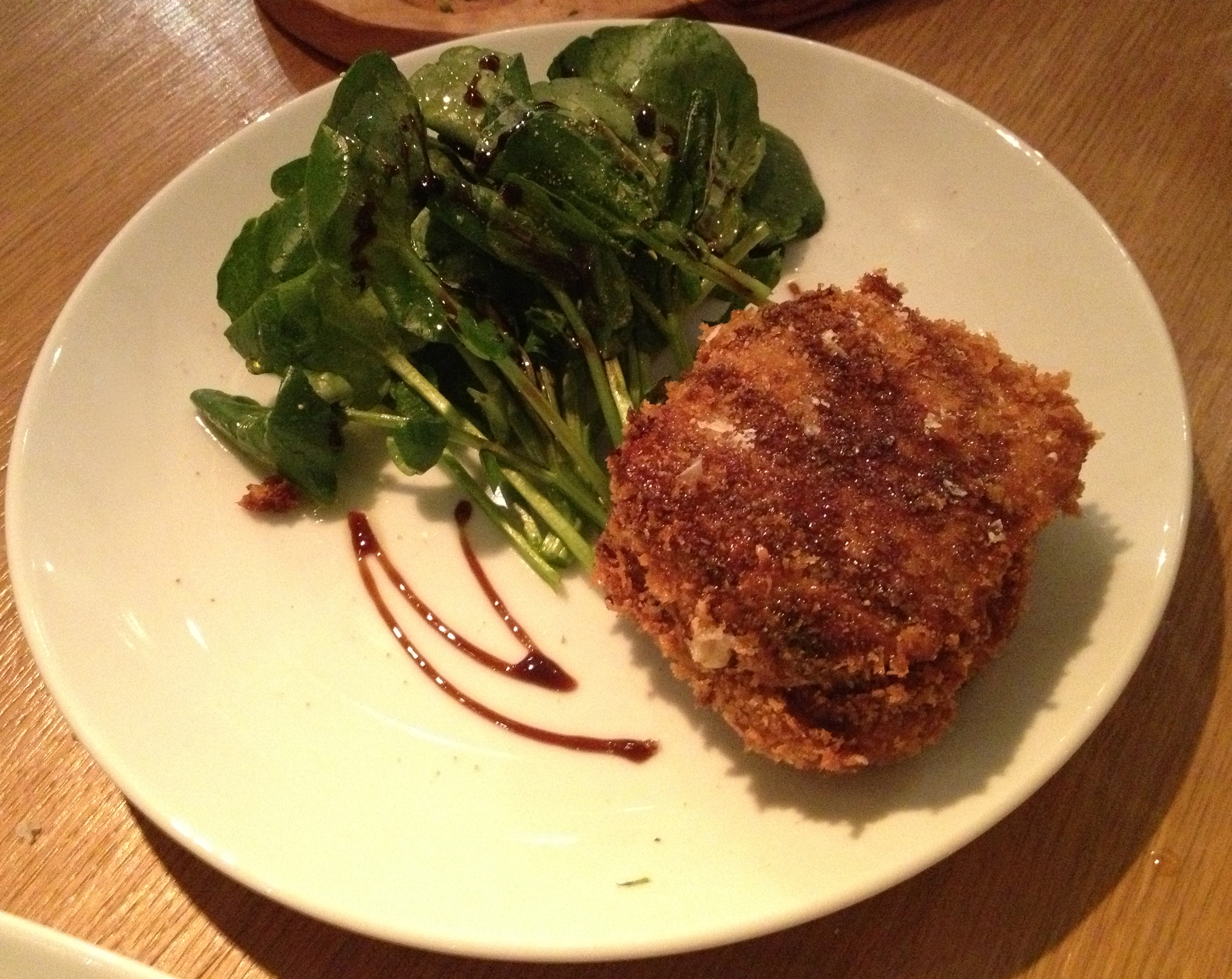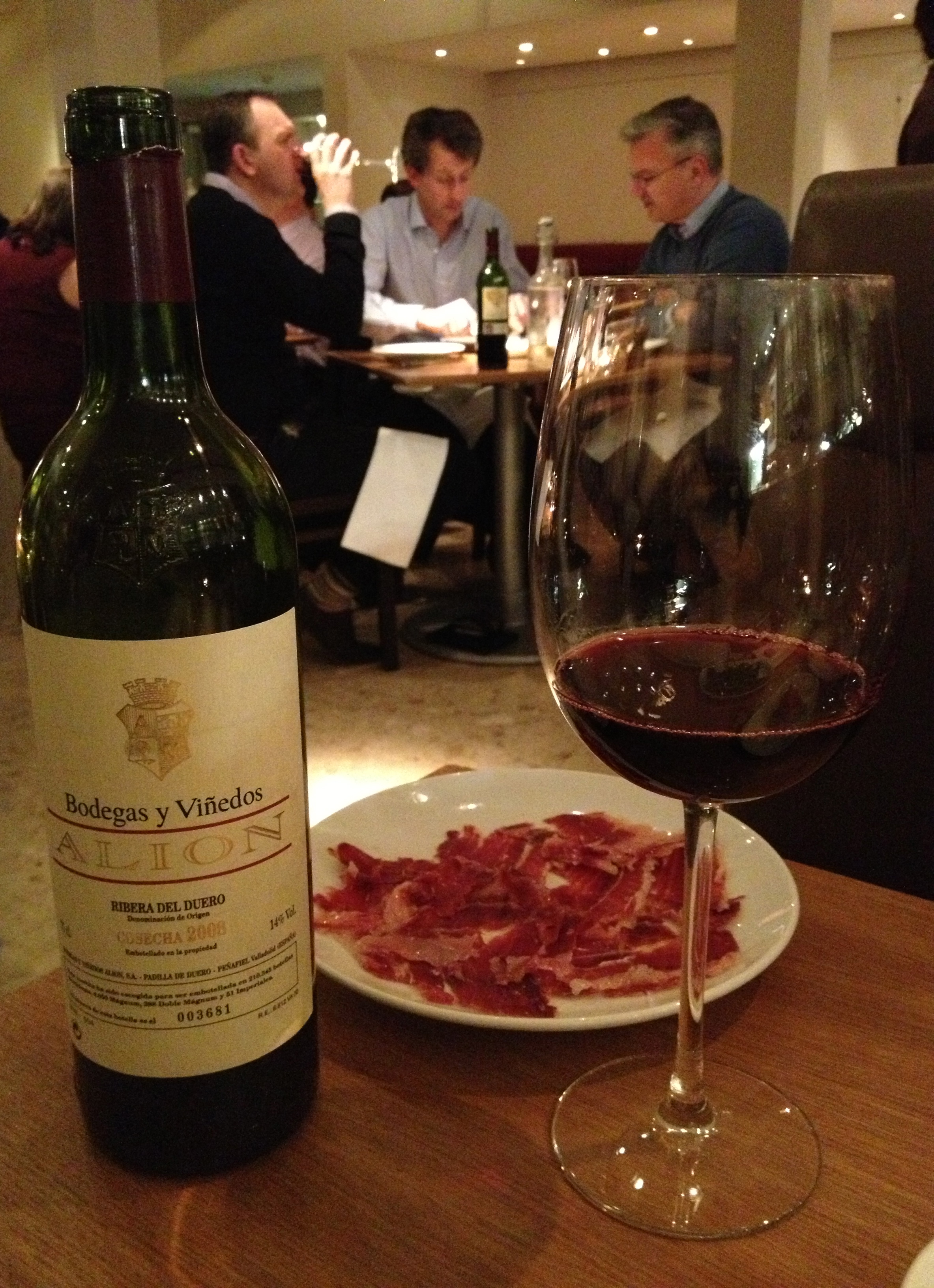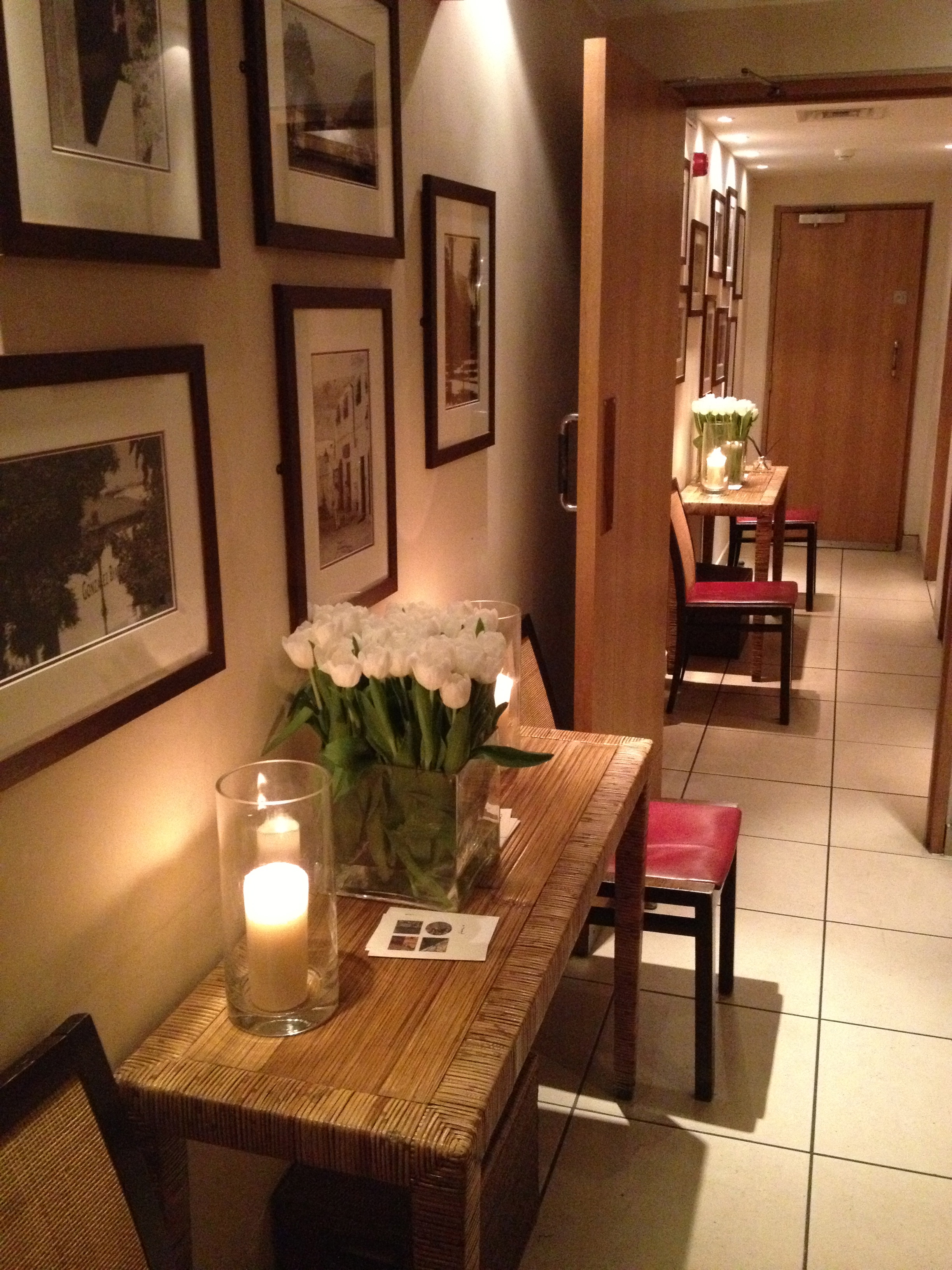Sake No Hana: Japanese cuisine made fun in London
Sake No Hana offers a curious mix of traditional Japanese food and customs with contemporary lifestyle in the heart of London. As a less successful, younger sister to the popular modern Cantonese Chinese restaurant Hakkasan, that prides itself in a trendy ambience and Michelin star rating, it tries to reach up to its role model. In terms of design, it does a great job in being visually arresting. It is fun, fashionable and buzzing, not a serious Japanese sushi bar.


While the food is delicious and the chefs, no doubt, highly accomplished, the level of comfort is not to everyone’s taste. Closely placed tables, a gaggle of wait staff poised to tend to your every whim and the overly loud dance music, piped throughout the entire restaurant, can leave you feeling like you are in a crowded night club, with little to no chance of an intimate conversation.
The food and drinks menu is vast and even for London expensive with cocktails costing no less than £15. The restaurant though offers a deal which is excellent value for money considering that it includes a bottle of sake.
For £30 per person, you can order a five-course meal from the set menu. There are vegetarian options for every course and the dishes are quite large. This is certainly not a tasting menu, as one may expect.

Four of the five dishes from the vegetarian menu were exciting and delectable. Unfortunately, I found the main course of tofu, aubergine and peppers quite inedible, not least because of the gelatinous gloop that covered the tofu.
The first course was a miso soup, a light and wholesomely appetising way to start the meal. Traditionally, this it is slurped from the bowl, and at Sake No Hana there are no spoons to help capture every last morsel which is a shame.
The vegetable tempura was perfectly crunchy, which of course, is a must for good tempura. The plate came with a lovely sweet and sour dip and cold noodles, which you could do without. The side of a horseradish puree packed a punch but adds to the flavour of the dish.
Vegetable sushi has always been a little shrouded in mystery but is well worth the plunge into the unknown. Served with a cold citrus flavoured rice adorned with radishes and edible flowers, this course is fancier than a cucumber roll. The sushi provided some much-needed spice, but once you start trying to break it up into a smaller mouthful, they lose some of their appeal.

The standout dish of the evening was the desert. Outstanding, with flavours and elements, to die for. A beautifully plated little pieces of fresh mango and meringue placed on a pannacotta base, encircling a mango sorbet laid on a bed of sesame seeds. It felt light while remaining full of sweetness and it rounded off a meal of ups and downs on a high note.
Sake No Hana is a fantastic restaurant, but it is more suitable for groups. Do not expect much privacy or not straining your ears to your dining partner trying hard to hear what is being said to you.
🕗 Mon- Sat: lunch 12noon-3pm; dinner from 6pm.
✉ 23 St James’s St, London SW1A 1HA
☏ +(44) 20 7925 8988





